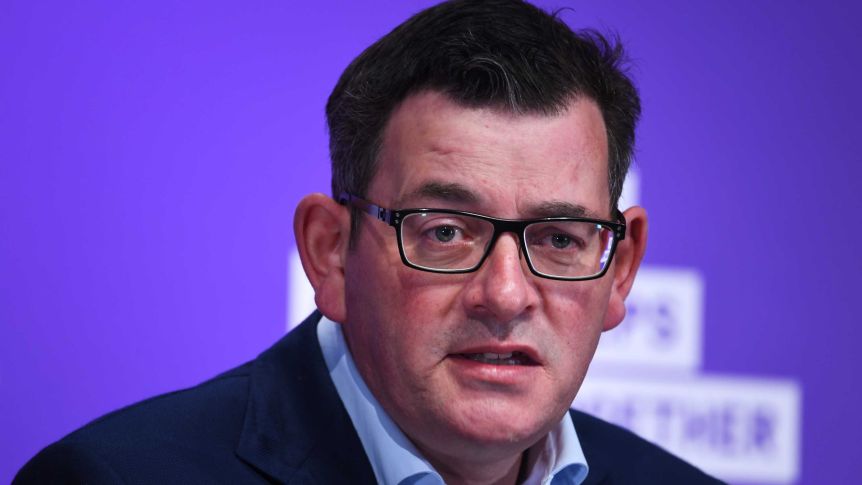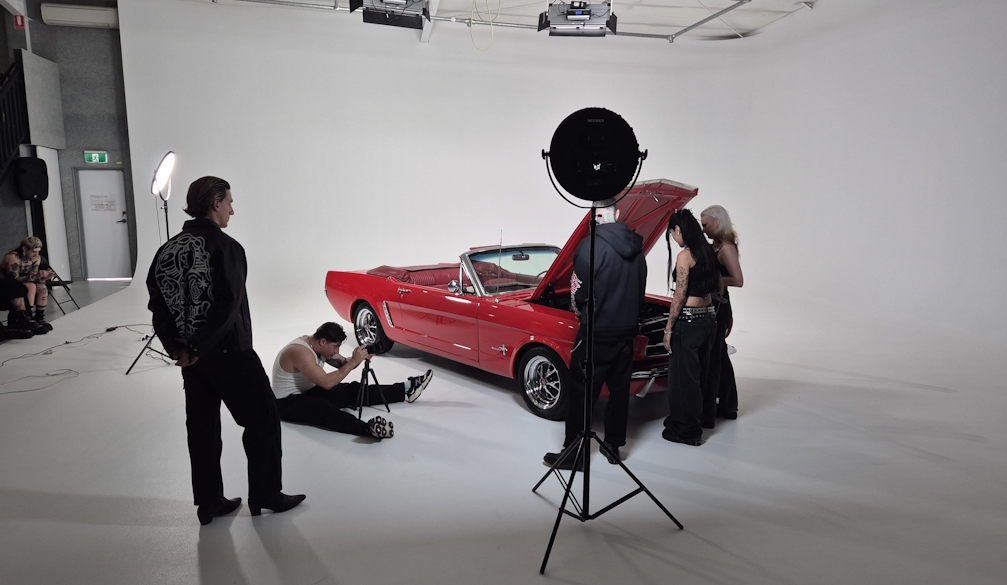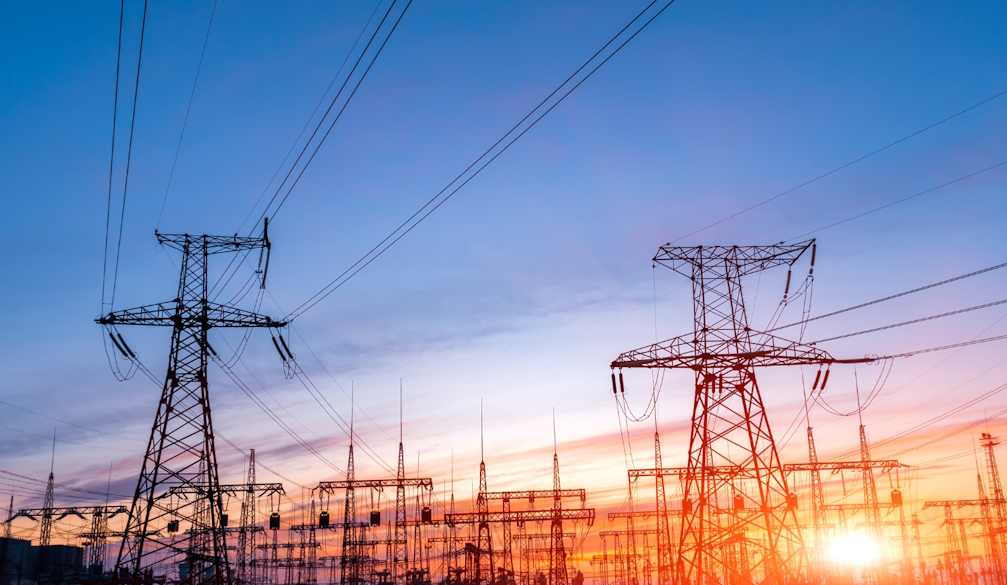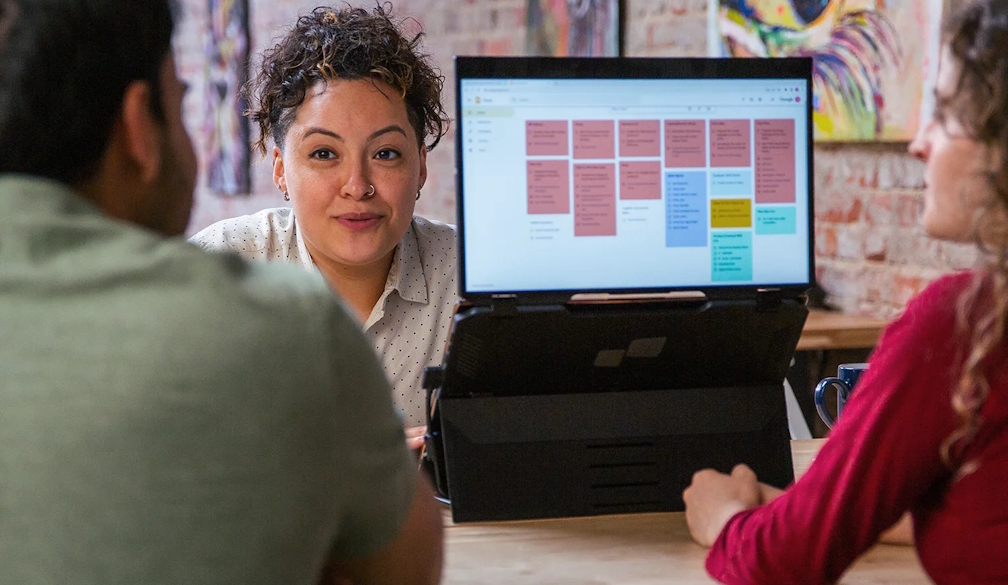As Melbourne cautiously opens up today, what lies ahead?
- Written by Michael Toole, Associate Principal Research Fellow, Burnet Institute

This morning, Melburnians are waking up to the end of the city’s sixth lockdown.
Since March 2020, Melbourne has spent more time in lockdown than any other city in the world[1]. It’s been a long and arduous journey for its five million people, as well as other parts of Victoria at certain times.
Today’s relaxations reflect the fact that Victoria has reached its milestone of 70% of eligible adults fully vaccinated against COVID earlier than expected.
So what can Melburnians do from today, how did this happen earlier than expected, and will hospitals cope?
What will change today?
People are no longer confined to five reasons to leave home[2]. Ten people are able to visit households and the nightly curfew will end. There will be no distance limit for travel within metropolitan Melbourne.
Hospitality venues can open to 20 fully vaccinated people indoors and 50 outdoors. Most outdoor settings – cafes, cinemas, and physical recreation facilities including pools – will open with up to 50 fully vaccinated people per venue. At last, fully vaccinated Melburnians can get a haircut and have their dogs groomed.
To the relief of many parents exhausted by home learning, the start of the staggered school return of Grade 3 to Year 11 in metro Melbourne commences today.
Has the roadmap changed?
Yes, the previously announced roadmap[3] has been modified and some restrictions have been eased ahead of time, such as the ceiling on household gatherings and travel limits.
The school opening schedule has also been brought forward.
The reasons given by Premier Daniel Andrews for these changes have been the accelerated pace of COVID vaccinations, facilitated in part by increasing vaccine supply, and the shortening of intervals between first and second doses.
Modelling by the Burnet Institute conducted in mid-October provided more optimistic and reassuring estimates[4] of the impact of reopening on health services than earlier modelling.
In addition to the faster than anticipated uptake of vaccines, this is in part because assumptions made in the revised model are based on real world Victorian data, rather than projections based on international evidence. The anticipated length of hospital stay has been on average much shorter than previously anticipated. The chances of overwhelming the hospital system after reopening have dropped from 63% to just 23%.
As of yesterday, 3.4% of active cases[5] in Victoria were hospitalised[6] and 0.6% were in ICU. These are much lower rates than those experienced in NSW at the peak of its outbreak.
What can we expect next?
Modelling by a number of institutes, including Doherty and Burnet, predicts an increase in cases after lockdowns end. Victoria will be able to observe the outcomes of easing restrictions in NSW.
However, there are important differences between the two states. Cases began to steadily decline in NSW[7] once 50% of eligible adults were fully vaccinated, and average daily case numbers were down to 530 on the day the lockdown ended. On the other hand, Victoria’s seven-day average of new daily cases is almost 2,000[8].
Read more: Why Sydney's COVID numbers didn't get as bad as the modelling suggested[9]
Meanwhile, we can learn from the experiences of other countries that eased restrictions at comparable levels of vaccination. A lot has been said about Denmark’s relative success at controlling COVID after lifting restrictions.
However, Denmark didn’t remove restrictions until more than 70% of its entire population was fully vaccinated[10] (83% of eligible adults). Melbourne has just over 55% fully vaccinated when considering the total population.
When Denmark began to ease restrictions, it was reporting around 500 cases a day (similar to NSW) and the number continued to decline to around 300 ten days later. Since then, the number of cases has steadily increased to a current average of 700 per day[11]. However, the health system is coping with around 126 people hospitalised and 11 in ICU[12].
Portugal currently has the highest vaccination rate in the world – 85% of the entire population is fully vaccinated[13]. The COVID infection rate and hospital admissions have dropped to their lowest levels in nearly 18 months.
However, it was cautious about easing restrictions and only allowed bars and nightclubs to reopen last month[14] when the entire population vaccination coverage was greater than 80%. Even now, customers at entertainment venues have to show a digital vaccination certificate or a negative COVID test and masks are still compulsory in specific settings.
The safe road ahead
Today should not be seen as “freedom day”. But it is the first step towards a time when the pandemic won’t dominate our daily lives.
Victorians have made significant sacrifices over 2020 and 2021, and will now be able to enjoy a wide range of social choices as our vaccine coverage increases.
But it’s important the community understands the breadth and sustainability of these freedoms will depend on remaining vigilant around a few key prevention behaviours, especially recognising COVID symptoms, testing, and short periods of isolation for people who contract COVID.
Modelling[15] has shown better outcomes when vaccinated people continue to test when they have symptoms. We need to continue to get vaccinated and aim to reach and perhaps exceed global leaders in vaccination levels, as we prepare for booster shots later this year[16].
Experience overseas indicates the Delta wave is also disproportionately affecting the young, including school children. Safe schools are an absolute necessity – improved ventilation, vaccinated teachers and children 12 and above, and indoor masks can mitigate the risk of infection.
Navigating the next few months will require a whole-of-community effort. Victorians have done it before and can do it again.
Read more: From vaccination to ventilation: 5 ways to keep kids safe from COVID when schools reopen[17]
We acknowledge the valuable assistance by Burnet Institute researcher Scott Umali.
References
- ^ more time in lockdown than any other city in the world (www.aljazeera.com)
- ^ no longer confined to five reasons to leave home (www.premier.vic.gov.au)
- ^ previously announced roadmap (www.theguardian.com)
- ^ more optimistic and reassuring estimates (www.burnet.edu.au)
- ^ active cases (www.covid19data.com.au)
- ^ were hospitalised (www.covid19data.com.au)
- ^ steadily decline in NSW (www.abc.net.au)
- ^ seven-day average of new daily cases is almost 2,000 (www.covid19data.com.au)
- ^ Why Sydney's COVID numbers didn't get as bad as the modelling suggested (theconversation.com)
- ^ more than 70% of its entire population was fully vaccinated (www.nbcnews.com)
- ^ current average of 700 per day (www.worldometers.info)
- ^ around 126 people hospitalised and 11 in ICU (www.sst.dk)
- ^ 85% of the entire population is fully vaccinated (www.abc.net.au)
- ^ last month (www.reuters.com)
- ^ Modelling (www.premier.vic.gov.au)
- ^ booster shots later this year (thenewdaily.com.au)
- ^ From vaccination to ventilation: 5 ways to keep kids safe from COVID when schools reopen (theconversation.com)
Read more https://theconversation.com/as-melbourne-cautiously-opens-up-today-what-lies-ahead-170206

















